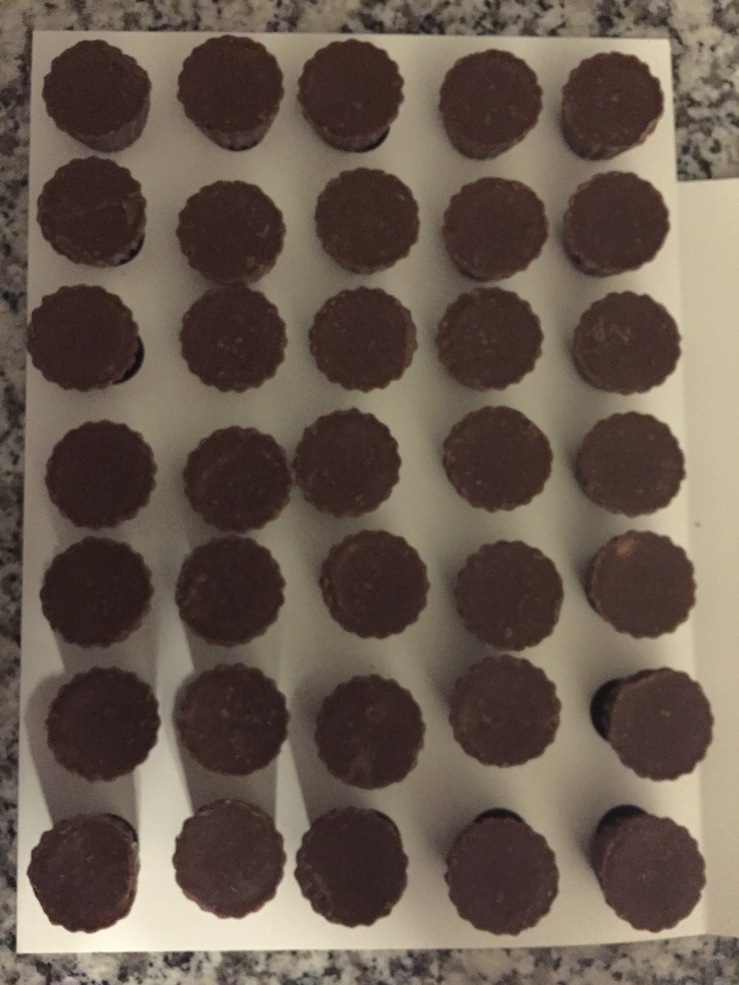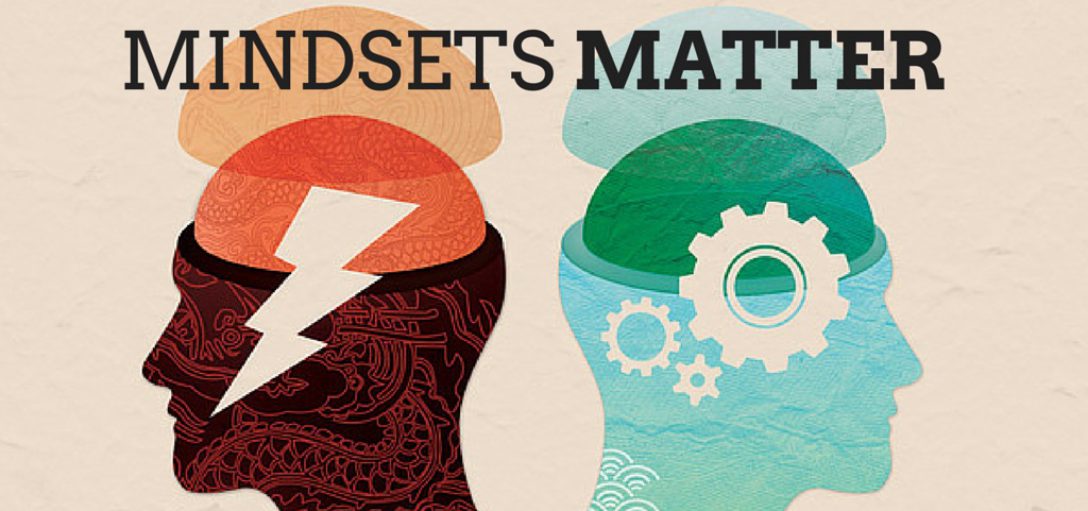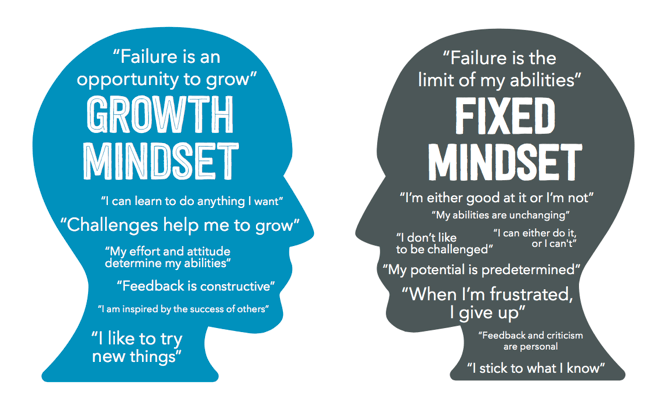Lesson Title: How Many Reese’s Peanut Butter Cups?
Prescribed Learning Outcome(s): Students will pose questions and find solutions to answer the question: How many Reese’s Peanut Butter Cups?
Instructional Objective(s): 3.1.2.3 Represent multiplication facts using a variety of approaches, such as repeated addition, equal-sized groups, arrays, area models, equal jumps on a number line and skip counting. Represent division facts by using a variety of approaches, such as repeated subtraction, equal sharing and forming equal groups. Recognize the relationship between multiplication and division.
Students will show multiplication facts in more than one way – including repeated addition, equal sized groups, arrays, area models, and equal jumps on a number line and skip counting.
Act 1:
Click this link to see the Act 1 Video:
Show the students a video of a opening a bag of Reese’s Peanut Butter Cups and placing one on a white card.
Ask the students- What do you notice? What do you wonder?
Students may respond with:
How many fit on the card?
What is the perimeter of the card?
How many rows and columns are there?
Act 2:
Ask the students: what information do you need to solve this question?
Give the students the information that they need: 7 rows and 5 columns.
Allow students to work in pairs to solve: How many dots are there altogether?
Closure: Show students the answer.

Ask students to share their answers. Facilitate a discussion on the different strategies to solve how many Reese’s Peanut Butter Cups fit? Did students draw a diagram? Use repeated addition? Make an array? Skip count? Allow students to model all of their strategies for students.


